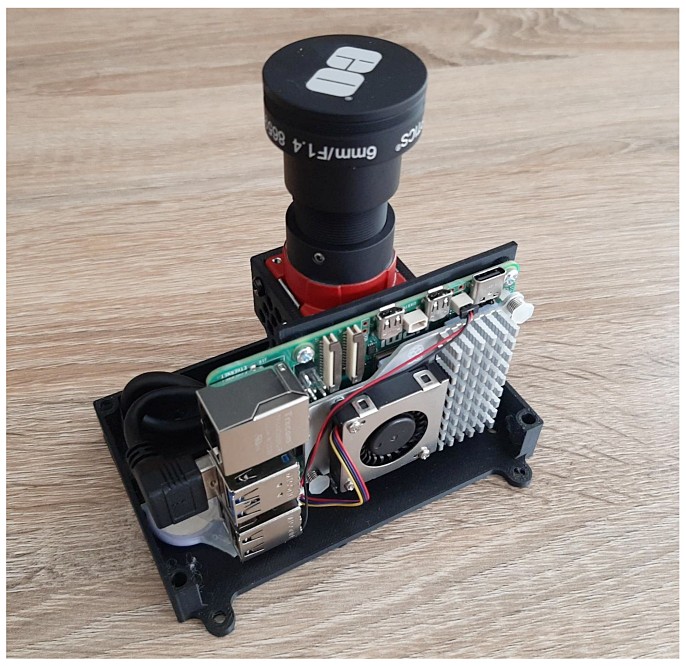A surge in GPS jamming attacks in drone warfare has inspired Australian researchers to develop a celestial navigation system that uses visual data from stars rather than relying on the global positioning system.
Remote sensing engineers from the University of South Australia have combined celestial navigation with vision-based technology to provide an alternative means of nighttime navigation in environments where GPS is unavailable or unreliable.
Their research is described in a new paper published in Drones.
UniSA researcher Dr Samuel Teague says the lightweight, affordable celestial navigation system can be integrated into standard drones, offering a dependable backup with impressive accuracy.
“Unlike traditional star-based navigation systems, which are often complex, heavy and costly, our system is simpler, lighter and does not need stabilisation hardware, making it suitable for smaller drones,”
Dr Teague says.
“This type of navigation is ideal for operations over oceans, or in warfare zones where GPS jamming is a risk. Apart from the defence sector, it could also be highly useful for environmental monitoring.”
The system relies on an algorithm that uses visual data from stars and processes it through standard autopilot systems. Testing on a fixed-wing drone demonstrated accurate positioning within four kilometres – a remarkable achievement given the system’s simplicity and cost.

The celestial payload, consisting of a Raspberry Pi 5 and an Alvium 1800 U-240 monochrome sensor fitted with a 6 mm f/1.4 wide angle lens
Dr Teague says that by relying on passive celestial navigation rather than radio frequency global navigation satellite system (GNSS) signals, drones are resistant to jamming.
The key advantages of the technology include:
- Non-emissive navigation: Since the system uses passive celestial cues, it doesn’t emit signals, making it difficult to detect.
- Low cost and lightweight: Built with commercially available components, the system is significantly lighter and more affordable than traditional celestial navigation equipment.
- Robust against GPS jamming: By bypassing the need for GPS, this system provides a reliable alternative for drones operating in GPS-denied environments.
Senior researcher Professor Javaan Chahl, DST Joint Chair of Sensor Systems in UniSA’s STEM unit, says the technology could enhance the operational capabilities of uncrewed aerial vehicles (UAVs) across many industries.
“For instance, in environmental monitoring over remote locations or long-endurance surveillance missions where GPS might be unavailable or compromised, this technology offers a valuable new capability,”
Prof Chahl says.
“GNSS denial is an increasing challenge, and our research addresses this gap. We have developed a navigation method that’s resilient, independent of external signals, and achievable with low-cost, easily accessible components. This makes it applicable to a variety of UAVs, from commercial drones to more advanced defence applications.”
The project is part of UniSA’s research and development program into key drone technologies for defence and civilian applications. It has been made possible with support from the Commonwealth Scholarships Program and the Australian Government Research Training Program, underscoring the University’s commitment to driving innovative solutions in autonomous systems.
Source: University of South Australia

